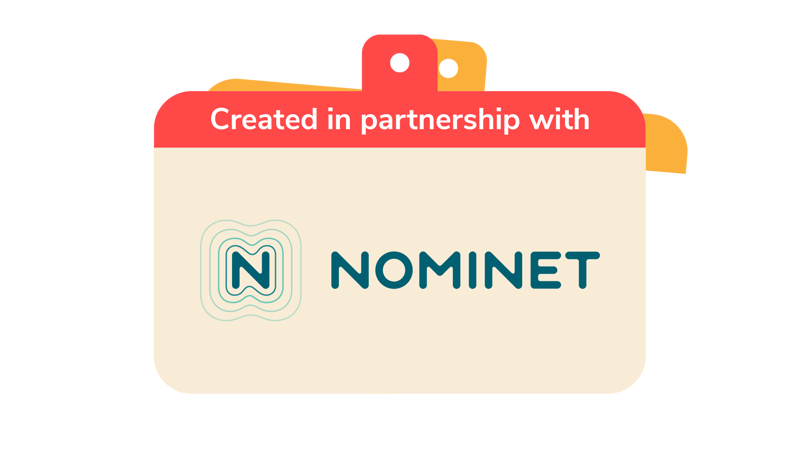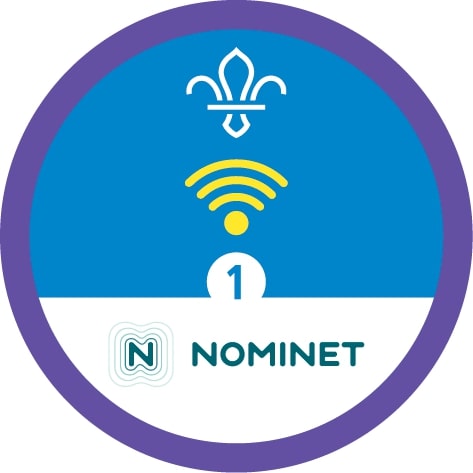
Human emojis
Before you begin
- In this game everyone will have the chance to think about how they interact with others online and whether quantity is better than quality.
- This game is a great introduction to start thinking about how we interact online. If you’re working towards Stage 2 of the Digital Citizen Activity Badge pair this with a game of Party quirks to meet requirement 4.
Discover your favourite emojis
- The person leading the activity should ask everyone if they have a favourite emoji that they use a lot on messaging and social media platforms.
Make sure the emojis are human reactions such as a smiley, sad, crying, shrug, scream, laughing, crying with laughter, heart, thumbs up, angry, broken heart.
- Ask why people use emojis rather than comments or replies.
This may be because we don’t want to type lots of words or because it’s faster and we want to respond to as many people as possible. It could help with language barriers or people might find it easier than reading a long comment.
- Tell the group that the emojis have escaped and now humans can be emojis in real life too. Practise being human emojis as a group.
Most emoji reactions are just facial expressions but you can make a heart shape with your hands or do a shrug etc. Enjoy making the reactions really big and exaggerated.
Play the game
- Everyone should think of one line of news that they can tell other people. The news can be real, like: ‘I was late for school this morning’, or something made up, for example: ‘a dragon ate my homework’ or ‘my grandma is the Queen’.
- The person leading the activity should divide everyone into Team One and Team Two.
- Team One should stand or walk around the meeting space. When they’re approached by someone from Team Two they should immediately tell them their ‘news’.
- Players in Team Two approach different people and hear their news and react immediately by being a human emoji.
This reaction should be quick and then the player should then move on to hear someone else’s news. For example, player one says that they couldn’t find their scarf and player two makes a sad face or a scream or whatever reaction they think of first.
- Team Two players move on until they’ve heard most or all of the news from Team One. At some points in the game, there may be several people listening and reacting to news and that’s fine. The game should be loud and chaotic!
- Teams should swap so that everyone gets a chance to deliver their news and react as human emojis.
It's good to talk!
- Everyone should play the game again but this time they’re allowed to talk, ask questions and react using words or other ways of communicating.
For example, ‘a dragon ate my homework.’ ‘That’s terrible, did you get in trouble? Dragons are such a nuisance, aren’t they? I hope your teacher understood.’ If they have a positive or negative reaction, explore why that is and what effect their reaction might have on someone.
- The game will be naturally slower and may be quieter this time.
Reflection
This activity encouraged everyone to think about the quality and quantity of their online interactions. The person leading the game should ask everyone what sort of emoji reactions they got in the first part of the game and how it made them feel. If they got lots of reactions perhaps it made them feel special or overwhelmed. Perhaps they got reactions they weren’t expecting. Ask the players what it was like only being able to use emojis. You can hear and react to a lot of news, but you only ever hear the ‘headline’ and not the background or the details.
Ask the group to reflect on the way they interact online. Time is short and you may have lots of friends, so you want to make sure you don’t miss anyone out or upset anyone by ignoring their messages and posts. How did it feel when someone slowed down and took their time to interact with you? Interactions aren’t all about the number of likes or reactions but are sometimes about the personal touch. We all need to remember the human part of the human emoji game. Remind everyone to remember to be respectful in their online interactions and to report any bullying. Ask the group to try this week to make a genuine comment for every emoji reaction they make online.
Safety
All activities must be safely managed. You must complete a thorough risk assessment and take appropriate steps to reduce risk. Use the safety checklist to help you plan and risk assess your activity. Always get approval for the activity, and have suitable supervision and an InTouch process.
- Active games
The game area should be free of hazards. Explain the rules of the game clearly and have a clear way to communicate that the game must stop when needed. Take a look at our guidance on running active games safely.
Unbalance the teams so that game becomes even faster, for example, have only a few people in the news group so that they receive several human emoji reactions at once. The person leading the game can also give a set amount of time for everyone to hear and react to every piece of news, so they have to move quickly.
The game could be overwhelming for some so make sure that there’s a time-out option for anyone who needs to step away for a moment.
All Scout activities should be inclusive and accessible.
Instead of giving a line of news, use the game to explore a range of different viewpoints on a topic such as favourite foods or camp activities.
More experienced players could act out an example at the start of the game. Maybe they could act out some human emojis for everyone to guess to get everyone started.
